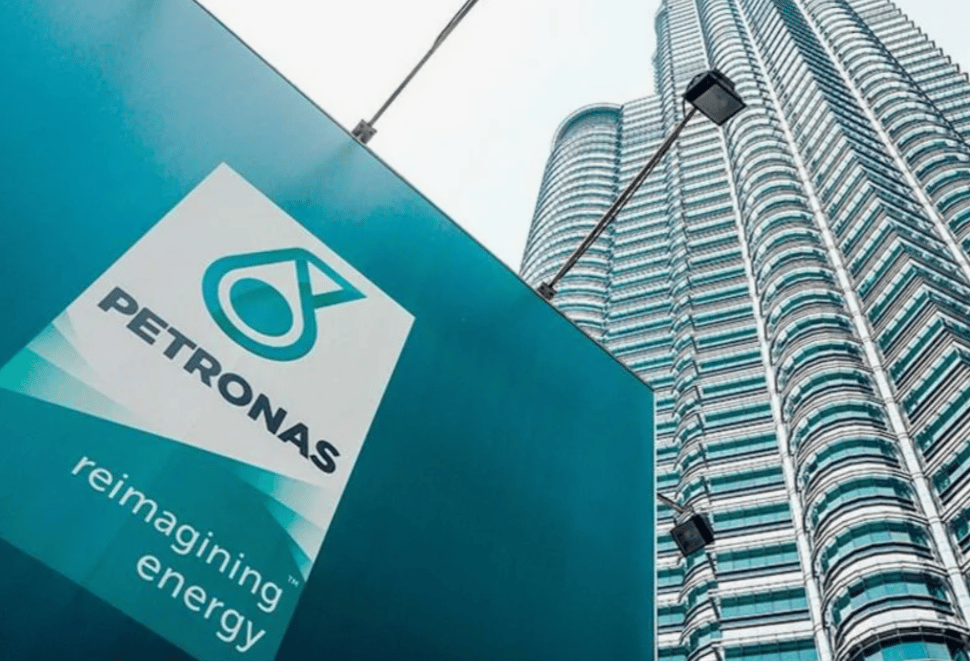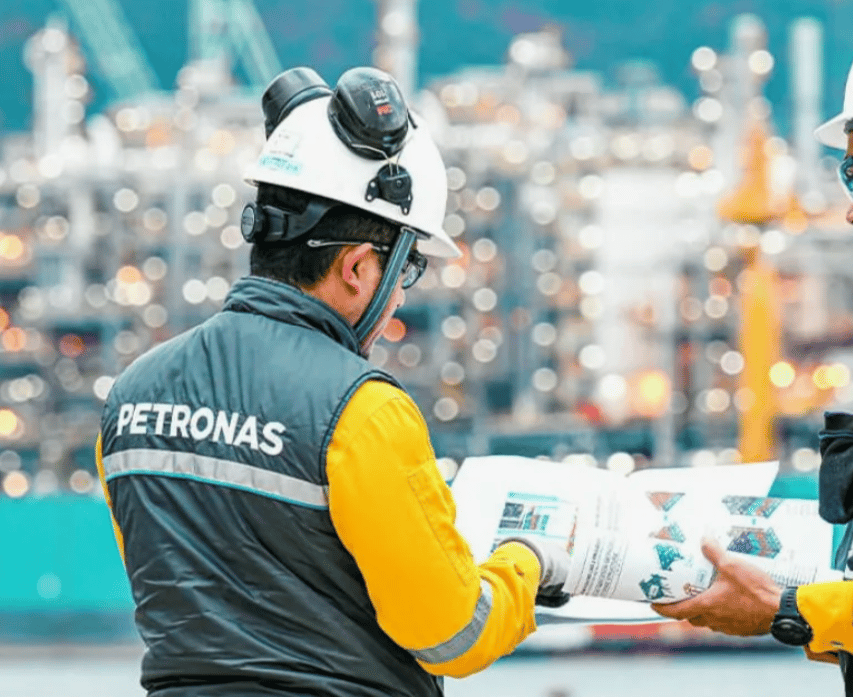

Malaysia’s state-owned energy giant Petroliam Nasional Berhad, better known as Petronas $6033.KL, is in advanced discussions with Commonwealth LNG, a U.S.-based liquefied natural gas developer, to secure a long-term LNG supply from its planned export facility in Cameron, Louisiana. The negotiations mark a strategic shift as Asian buyers increasingly seek stable access to North American energy amid rising global demand and geopolitical supply risks.
Sources familiar with the talks indicate that Petronas is pursuing an offtake agreement for at least 1 million metric tons per year (mtpa) of LNG from the Commonwealth LNG project. Although neither party has officially confirmed the details, industry insiders suggest that the discussions have reached an advanced stage, with deal terms centering around pricing mechanisms and start-up timelines.
This potential agreement underscores Malaysia's intent to diversify its LNG sourcing portfolio and secure access to U.S. gas, which is becoming increasingly competitive on a global scale due to its supply flexibility and growing liquefaction capacity.
Several macroeconomic and energy sector dynamics are shaping Petronas’s interest in North American LNG:
Asia's rising energy appetite: Countries across Asia are scaling up their LNG imports to transition away from coal and ensure grid reliability.
U.S. LNG cost advantage: Despite infrastructure bottlenecks, American LNG is competitively priced and free of destination clauses, appealing to buyers in volatile markets.
Geopolitical hedging: Long-term U.S. contracts provide a hedge against instability in traditional supply regions such as the Middle East and Russia.
Petronas’s global expansion goals: Securing U.S. volumes aligns with Petronas’s strategy to strengthen its trading arm and expand its global LNG footprint.

Project timeline: Commonwealth LNG aims to begin commercial operations by 2027, subject to securing final investment decisions (FID).
Financial closure: Binding offtake agreements such as this are critical for the developer to unlock funding.
Infrastructure location: The Cameron Parish site offers proximity to shale gas basins and existing Gulf Coast export infrastructure.
Market flexibility: Buyers such as Petronas value U.S. LNG for its destination flexibility, crucial for portfolio optimization.
If finalized, the deal would further affirm the U.S.’s growing role as a top-tier LNG exporter. It may also influence pricing benchmarks and trade flows, particularly in the Asia-Pacific region.
U.S.-Asia LNG trade lanes would deepen.
Asian utilities and trading houses could follow suit with similar deals.
Price competition may intensify between U.S., Qatari, and Australian LNG producers.
Long-term contracts could drive new project developments on the Gulf Coast.
Petronas’s move shows a smart strategy to lock in reliable LNG supplies amid global energy uncertainties.
It's fascinating to see how Asia is pivoting towards North American energy for stability in such uncertain times!